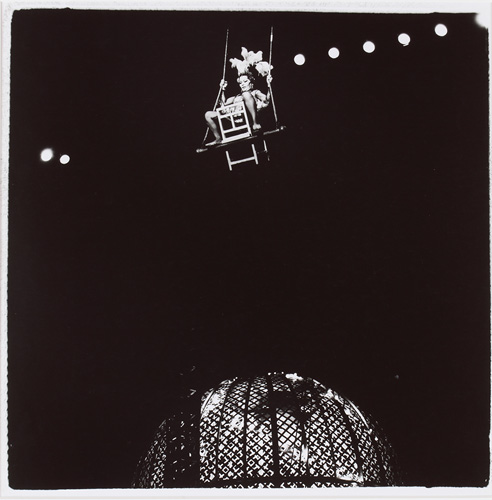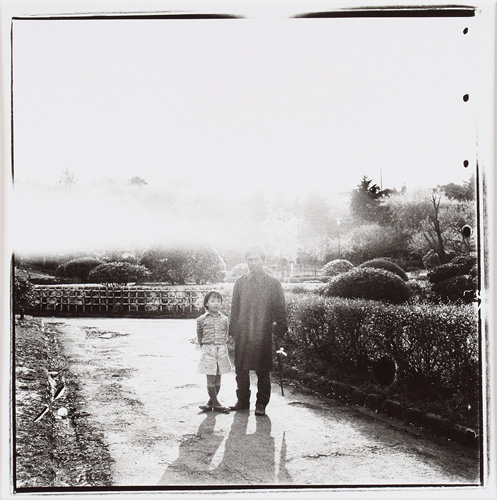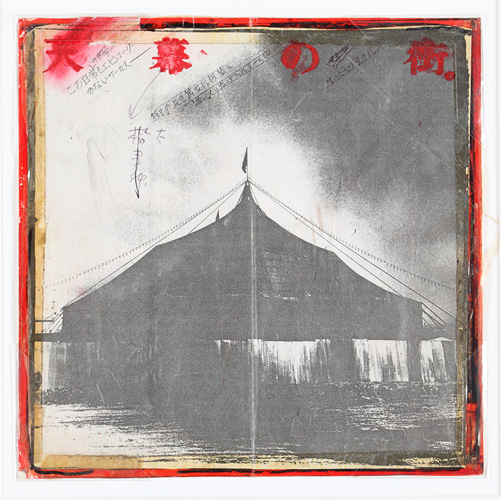About the exhibition
Fujifilm Square Photo History Museum is pleased to announce an upcoming exhibition of works by Kiyoshi Suzuki, a photographer who brought an inimitable dimension to the photo book as a creative medium.
Japanese photo books, which developed along their own unique path during the 1960s and 1970s, have been drawing a great deal of attention overseas in recent years. Kiyoshi Suzuki (1943-2000), a photographer who published eight photo books (all but one self-published) during his 30-year career, was an extraordinary figure due to the distinctive dimension he introduced to the photo book as a medium of expression. Each of the collections of photos he presented to the world, after personally carrying out a process of repeated trial and error by meticulously compiling numerous dummy books,*1 exerts a powerful presence and awakens the joy of the senses.
*1 A dummy book is like a prototype for a photo book, in which photocopies of works and captions are laid out and bound in book form.
Kiyoshi Suzuki was born in 1943 in the coal-mining community of Yoshima Village (present-day Iwaki City), Fukushima Prefecture. After graduating from high school, he moved to Tokyo to become a manga artist, but soon gave up on this dream. Right around that time he happened to look through Ken Domon's book of photographs Children of Chikuho, which he had brought with him to Tokyo. He saw great potential in photography as a hand-crafted visual art medium that shares similarities with painting, graphic design, and manga, and he enrolled in the Tokyo College of Photography. After graduating in 1969, he made his debut as a photographer with the series Coal Mining Towns, published in Camera Mainichi in 1969 and 1970, in which he documented coal mines in various regions which were falling into decline as Japan transitioned to new energy sources, and which also reflected his own hometown and upbringing. In 1972 he self-published his first book of photographs, Soul and Soul, using his high school experience working at a printer's while attending night school.
With Mind Games (1982), his third self-published book, for the first time he entrusted the book's design and binding, which he had previously handled entirely on his own, to the designer Hitoshi Suzuki. For Kiyoshi Suzuki, who placed great importance on the juxtaposition of photographs and what emerged from interactions among them, the reconfiguration of a series from another person's perspective was a great opportunity to discover new worlds within his own photographs. In 1983 he received the 33rd Newcomer's Award from the Photographic Society of Japan for the book and the exhibition of the same name. The Japanese title, Tenmaku no machi, meaning “a town of tents,” was derived from early childhood memories of visiting a circus with his father, and the book is composed of four parts: “People Under the Tent,” “Aqua,” “Lying in the Ruins,” and “Fool on the Road,” the last focusing on a homeless man named Tetsuo Urasaki who Suzuki had befriended. The images of drifters, such as circus members and street dwellers, resemble a journey through Suzuki's own memories and dreams, inviting the viewer into a space between dream and reality.
This exhibition, Mind Games, features approximately 40 photographs from the book of the same title, as well as rare prototypes compiled by the artist himself, using photocopies, for photo books published during his lifetime.




![[Image]Elephant and Woman Waiting to Perform: Origin of Ganga, 1980, from Mind Games ©Yoko Suzuki](/assets/img/photo_event_230104_05_mv.jpg)





![[image]Hiroh Kikai Photo Exhibition: Persona – Tamasaburo Bando](/assets/img/photo_event_260105_05.jpg)

